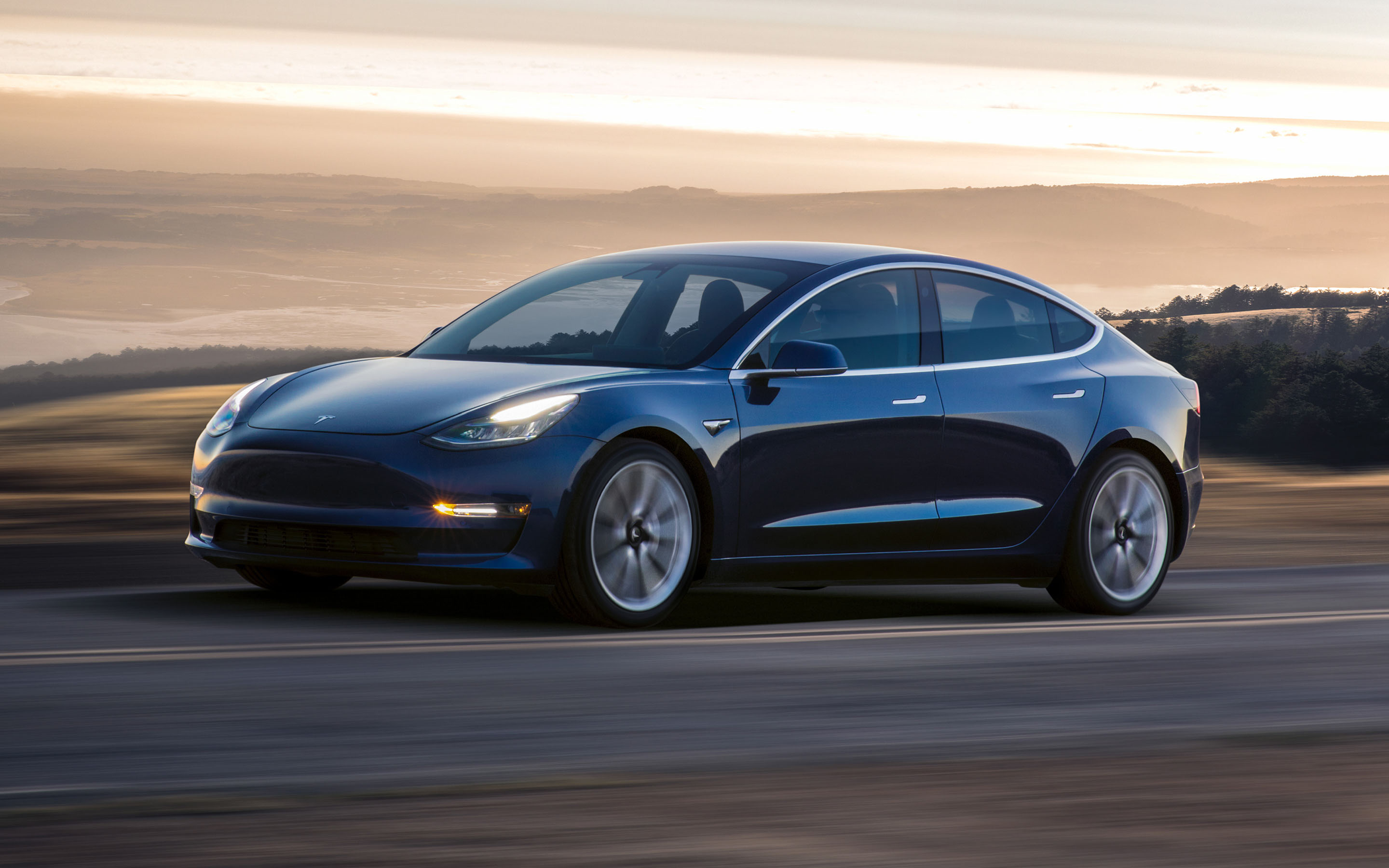Tesla has confirmed through its 2017 Second Quarter Update Letter that Model 3 is using the company’s high energy density 2170 cells in its battery pack. This confirmation puts to rest previous speculation that Tesla was producing a lithium ion cell with a much larger form factor specifically for Model 3.
Tesla had begun mass production of its 2170 form factor cells earlier in the year for use in its line of commercial and home energy storage solutions – Powerpack and Powerwall. The company confirmed today that Model 3 battery packs will also be sharing the same lithium ion cell type, however built on a new production line at the Gigafactory facility outside of Reno, Nevada.
“Model 3 drive units as well as battery packs made with our proprietary 2170 form factor cells are being built on new lines at Gigafactory 1. We are now fine-tuning these manufacturing lines to significantly increase the production rate.” said Tesla in its update letter.
Tesla’s proprietary 2170 cells, produced in conjunction with partner Panasonic, replaces the more common 18650 form factor cells that’s currently being used in the Model S and Model X battery packs. Tesla CTO JB Straubel noted earlier in the year that the 2170 cells were designed from the ground up to be the optimal in size and energy density for electric vehicles, balancing energy storage with external surface area to allow for sufficient cooling.
Though one might assume that future Model S and Model X refreshes may also include a battery pack upgrade in the form of newer 2170 cells and similar to Model 3’s battery pack, Tesla CEO Elon Musk indicated that there’s no such plans. “No plans to change cell form factor for X and S” said Musk in a tweet posted in June.
No plans to change cell form factor for X and S
— Elon Musk (@elonmusk) June 19, 2017
The decision to maintain two types of battery cells might have something to do with being able to maintain production and supply chain efficiency. With commodity 18650 form factor cells readily available and production lines for Model S and X well established at the Fremont factory, creating new production lines as they did with Model 3, and reworking the factory to accommodate a different Model S and Model X battery specification is likely something that might take place down the road. For now, disruption to an already well-established supply chain would arguably provide little value to the company and, let’s not forget, Wall Street.











